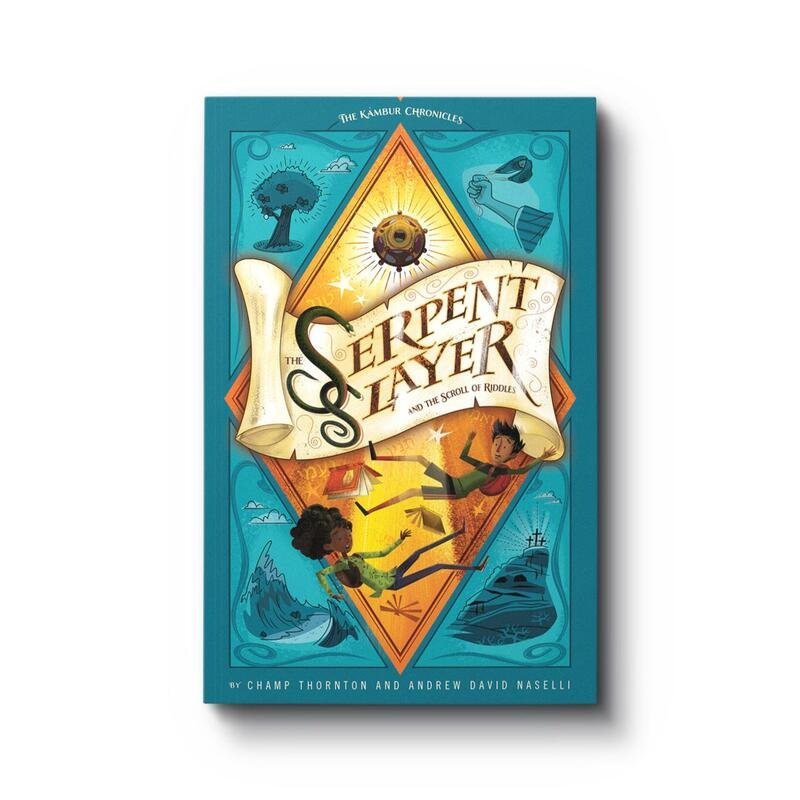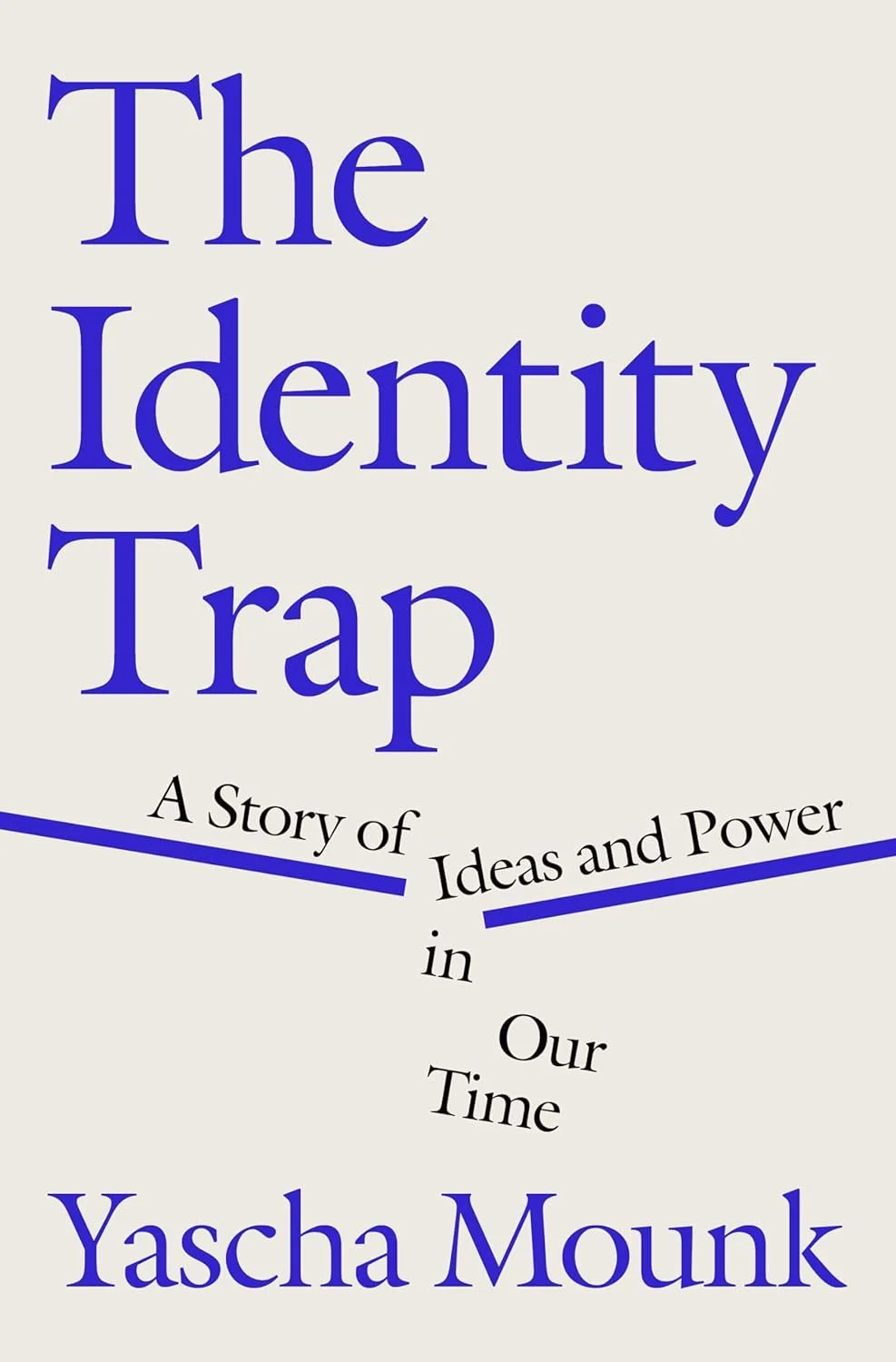Stop Reading the News - A Review
There are thousands of companies and people that have you on their mind right now.
Maybe not you in particular, but they are thinking about a category of people that you belong to. They want your attention. They want to have you read their article see the advertisements on their pages and get hooked on their product.
Sometimes we act as if manufacturing drama for the news is a recent phenomenon. Jeffrey Bilbro helps debunk that in his book, Reading the Times. He goes back to Henry David Thoreau’s concern that newspapers of that day were exaggerating claims, inflaming situations for the sake of sales, and disrupting people’s ability to see the integrity of the world. The issue, though, goes back before that to pamphleteering after the invention of moveable type for the printing press, which drastically lowered the entry cost for authors and publishers. It’s a long-term problem, but it remains a real one.
Rolf Dobelli recognizes the way most people take in media as a significant problem and recommends that, as the title of his little book suggests, we Stop Reading the News. This book is, as the subtitle claims, “A Manifesto for a Happier, Calmer and Wiser Life.”
Dobelli is a popular author of airport books, like The Art of Thinking Clearly. His aim is not to draw people into some mysterious appreciation for only high-brow literature and a contemplative way of life. Rather, he is someone who has likely benefited significantly from attention in various forms of media (especially for the sales of his books), but understands that the way we process the news is bad for our minds.
The ironic setup for this volume is significant to its message and humorous. Dobelli opens the book describing his taking the opportunity to speak to a room full of journalists at the Guardian in 2013 about another book. However, he had also just written a blog post about avoiding consuming the news. In the room filled with people whose livelihood depended on people consuming the news, he was asked to further explain his position. He did. The newspaper employees found something worthwhile in his explanation, subsequently publishing some of his comments. This, in turn, led to the book, Stop Reading the News.
Summary
According to Dobelli, he has nearly entirely avoided consuming the news since 2010. One of the most significant exceptions was when he briefly got infatuated with American presidential politics around 2016. However, he quickly realized that it was a trap and returned to his more careful media consumption habits.
Despite what the media publishers may tell you, it is entirely possible to go through life without reading or watching their content. Dobelli estimates that the average person likely encounters about 20,000 items of “news” per year. He encourages a thought experiment: How many of those news articles have led to meaningful decision in your life that you would not have otherwise have made?
Looking back over the past year, I have to argue that Dobelli is largely correct. The news has not changed my mind, caused me to do something radically different, or really improved my life in any significant way. I may have encountered a few books that I otherwise would not have, but there has been little of significance. For Dobelli, the most significant difference the news could have made is when he would have known his flight was cancelled due to the Icelandic volcano eruption had he read the news. That would have saved a few hours of his life.
The news is largely irrelevant. Not just irrelevant to our daily lives, but actually totally insignificant. Dobelli points out the none of the daily newspapers in the world covered the invention of the first internet browser, which is arguably one of the most significant inventions since the plane. There were other stories of human and political interest on that day, but none of those items were really as significant in a historical sense as the web browser.
The news also encourages us to worry beyond our sphere of influence. It is tragic that there is genocide going on in a distant place, but our understanding every detail of the ongoing drama does not benefit me or the victims of unrest. In fact, when all is said and done, it is highly likely that much of the information distributed as “news” will be determined to be incorrect. Additionally, the news lacks the ability to accurately explain why things are happening, which is, in large part, what people who follow the news faithfully are not experts on issues they have not studied through longer articles and books (despite their confidence on social media). The net result of following the news closely is a false confidence in one’s own expertise and a more unsettled mind.
Another significant point that Dobelli makes is that the average person spends about 90 minutes a day reading this news. This means that about 1 month of the year is invested in reading or watching material that really won’t matter. Avoiding the news opens up worlds of possibility for deeper engagement through books, better conversations, and simply being a better observer of the world around. Imagine adding a month back into every year for rest or more productive purposes.
Conclusion
Stop Reading the News is a short book, about 146 pages long in a gift-sized format. It is about the right size to read on a medium length flight. It is filled with arguments for avoiding the news and ways to get by without reading the news. Dobelli’s point is not that we should be oblivious to the world, but that other media are a better way to really understand what is happening. He also notes that most stories of real import will be brought to your attention in daily conversation, even if you avoid the rapid-fire approach to the news.
This is not a must-read book, but Dobelli’s approach is compelling and the book is an easy read. This is the sort of volume that would be useful in a high school or college course on media literacy as a companion to the course. It is the sort of book that might be worth conveniently leaving at the home of a relative who is consumed by the news and has been transformed by the tone of the news. Personal application of the avoidance of news (and likely social media) might be a beneficial practice that would be worth experimenting with for many of us.





















God of All Things thus deepens our experience of the world as we study and live. Its short chapters and engaging prose are suitable for a wide audience. The many connections with real, physical object lessons have deepened my appreciation of God’s efforts to ensure that the message of his greatness is available for all.